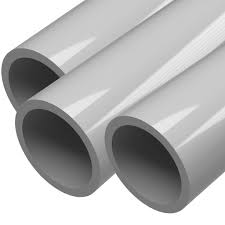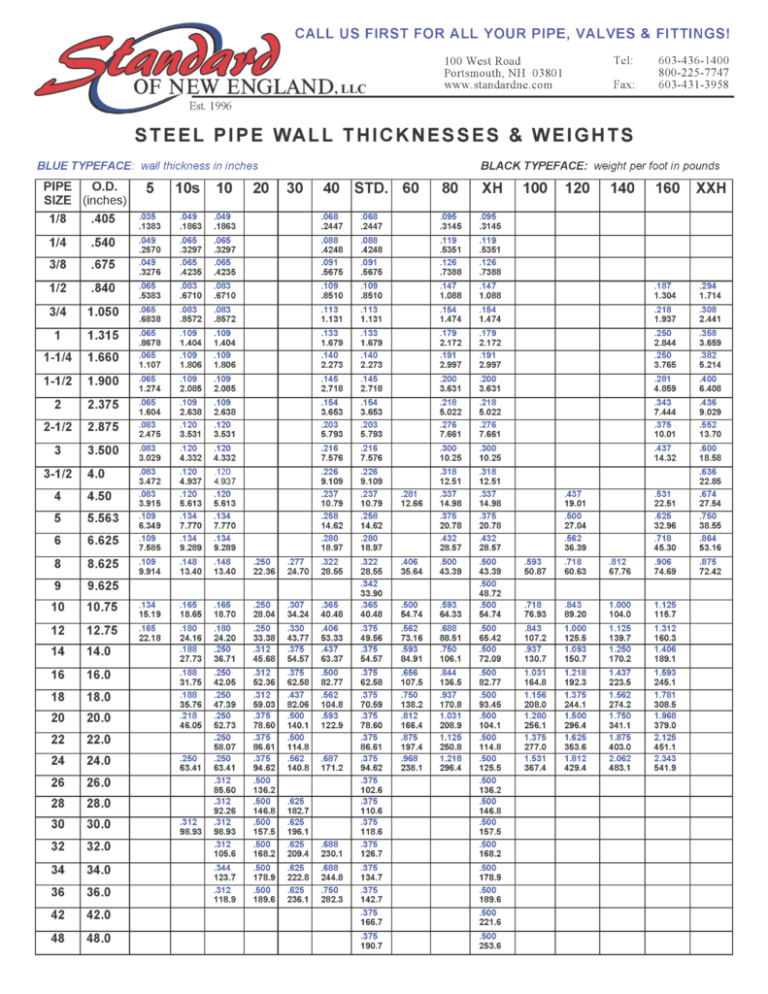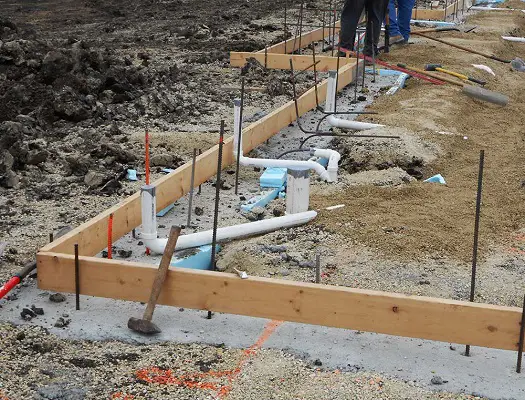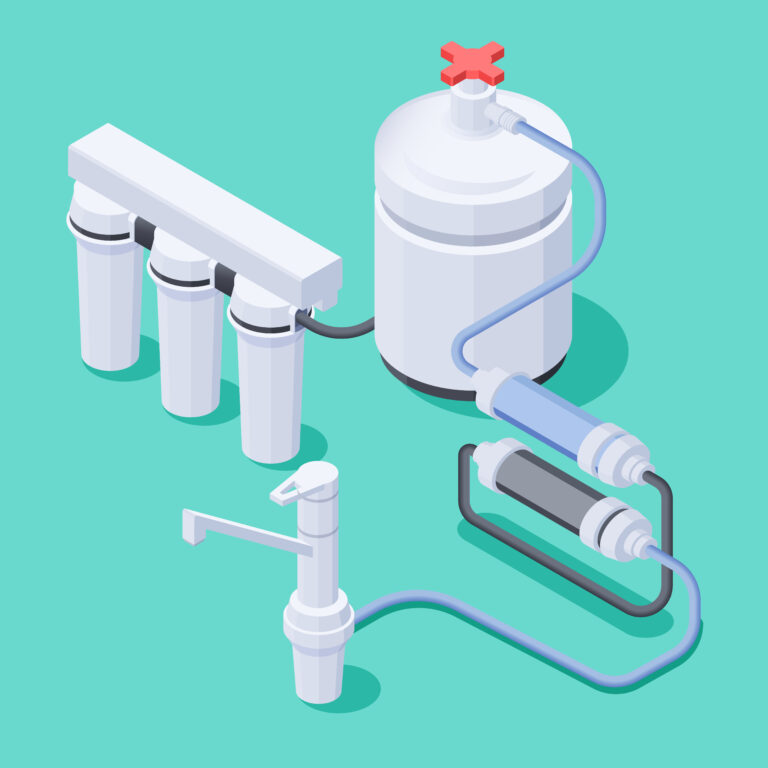Is PVC Safe?
PVC, or Polyvinyl Chloride, is a type of plastic commonly used in many areas of construction and manufacturing. Its durability and affordability make it a popular choice, but some have raised concerns about the safety of PVC. This article will discuss the possible risks of PVC and whether or not it is considered safe. It will also look at the potential benefits of using PVC and whether or not they outweigh the potential risks.
What is PVC?
Polyvinyl Chloride (PVC) is a type of plastic used for a variety of purposes, such as pipes, window frames, toys, and many other applications. It is made of two elements, chlorine and carbon, and is a strong and durable material that can last for many years. PVC has been in use since the early 1900s, and is widely used due to its versatility and affordability. PVC has been the subject of much debate in recent years, with concerns about its potential health risks and environmental impact. This article will examine the safety of PVC, as well as its pros and cons in terms of environmental and health impacts. We will look at the research that has been done on the safety of PVC, and discuss the potential risks associated with its use. Finally, we will look at alternatives to PVC that may be a better option for those concerned about the safety of PVC.
Potential Health Risks of PVC
The discussion surrounding PVC safety is an important one, as PVC, or polyvinyl chloride, is a widely used plastic material found in many products we interact with on a daily basis. Despite its widespread use, PVC has raised some safety concerns due to its potential to produce hazardous chemicals. In this blog post, we’ll examine the potential health risks associated with PVC and explore the steps you can take to protect yourself and your family from any potential dangers.
When exposed to extreme heat or open flames, PVC can cause the formation of hazardous gases such as dioxins and furans. Inhalation of these gases can be toxic and may cause respiratory issues, skin irritation, and eye irritation. Additionally, studies have shown that PVC can leach chemicals into the environment, which can contaminate water and soil and potentially cause health problems.
The good news is that there are ways to reduce your exposure to the potential hazards of PVC. One of the most important steps is to ensure that all products containing PVC are correctly labeled and stored. Additionally, it’s important to avoid using PVC-containing products in high temperatures or near open flames, and to avoid burning them. Finally, be sure to check the product label for any warnings or cautions regarding the use of the product. By following these steps, you can help minimize your exposure to any potential health risks associated with PVC.
Possible Ways to Reduce Exposure to PVC
PVC (polyvinyl chloride) is a widely used plastic found in everything from food packaging to medical devices. While PVC is considered to be a safe and versatile material, there are concerns about its potential impact on human health and the environment. With this in mind, it is important to understand the potential risks associated with PVC and how to minimize exposure.
One of the primary concerns about PVC is the presence of phthalates, which are chemicals used to make PVC flexible. These phthalates have been linked to reproductive and developmental problems in humans. To reduce exposure, look for PVC-free materials and products. Additionally, avoid products made with recycled PVC as they may contain higher levels of phthalates.
Another way to reduce exposure to PVC is to avoid products that contain chlorine. While chlorine is a necessary ingredient in the production of PVC, it can also be harmful to human health. Look for products that are labeled “chlorine-free” or “PVC-free.”
Finally, it is important to be aware of the potential health and environmental impacts of PVC. In addition to the presence of phthalates and chlorine, PVC can also contain lead and other heavy metals. Be sure to research the product and its ingredients to ensure that it is safe.
Overall, PVC can be a safe and versatile material when used properly and with caution. Be sure to look for PVC-free materials and products, avoid products made with recycled PVC, and research the ingredients of any product before purchasing. These steps can help minimize exposure to potential hazards associated with PVC.
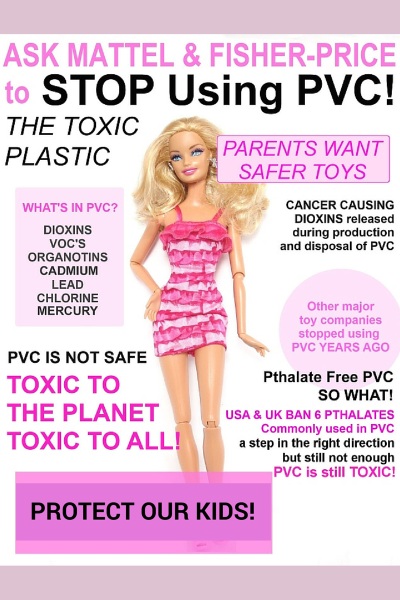
Regulations and Guidelines for PVC Use
PVC, or polyvinyl chloride, is a popular plastic material used for many everyday products, from piping to clothing. As with any man-made material, it’s important to consider whether it’s safe to use. To answer this question, it’s important to understand the regulations and guidelines that govern PVC use.
The U.S. Environmental Protection Agency (EPA) regulates the manufacturing of PVC, and sets limits for the amount of certain chemicals that can be released into the environment. Additionally, the EPA sets limits for the amount of PVC that can be used in certain products. The EPA also has guidelines for the proper disposal of PVC waste materials.
In addition to the EPA, other government agencies also regulate the use of PVC. The U.S. Consumer Product Safety Commission (CPSC) sets standards for the safety of consumer products that contain PVC. This includes toys, clothing, furniture, and other items. The CPSC also regulates the use of flame-retardant additives in PVC products.
The European Union (EU) also has regulations for the use of PVC. These regulations focus on the use of hazardous substances in PVC products, and the proper disposal of PVC waste materials. The EU also sets limits for the amount of certain chemicals that can be released from PVC products into the environment.
Overall, the regulations and guidelines for PVC use are designed to ensure that the material is safe to use. As long as manufacturers adhere to the regulations, PVC can be a safe and reliable material for many everyday products.
Alternatives to PVC
As consumers become increasingly aware of the potential hazards of PVC, the question arises – what are the alternatives? Many PVC substitutes exist, offering a range of benefits and drawbacks. The most common substitutes are polyethylene (PE), polypropylene (PP), polyurethane (PU) and polyvinylidene chloride (PVdC).
PE is a lightweight, flexible material that is non-toxic and non-allergenic. It is also resistant to water and weather damage. However, it is not as durable as PVC, so it may not be suitable for long-term use.
PP is a polyolefin with a variety of applications. It is relatively strong, but it is not as flexible as PE. It is also not as heat resistant, so it may not be suitable for outdoor use.
PU is a synthetic polymer with excellent abrasion resistance and low water absorption. It is also resistant to oil, grease and solvents. However, it is not as durable as PVC and it is not suitable for outdoor use.
PVdC is a vinyl polymer with excellent chemical and abrasion resistance. It is also resistant to extreme temperatures and ultraviolet rays. However, it is not as durable as PVC and it is not suitable for outdoor use.
The choice of PVC substitute depends on the application and the specific requirements. Each material offers its own unique set of advantages and drawbacks, so it is important to weigh the pros and cons before making a decision. Ultimately, the best option is the one that meets the specific needs of the project.
Summary and Conclusion
The debate over the safety of PVC has been ongoing for decades, and it has been difficult to definitively answer the question: is PVC safe? Ultimately, the answer depends on a few factors, such as the type of PVC being used and the application. For most uses, PVC is a safe and reliable material, but it is important to recognize that there are risks associated with it. In general, the use of PVC is safe as long as it is handled with care and appropriate safety measures are taken. It is important to be aware of the potential health risks when working with PVC and to take appropriate steps to ensure that it is used safely. Additionally, certain types of PVC may be more hazardous than others, and it is important to be aware of these differences. Ultimately, with the proper safety precautions, PVC can be used safely and reliably.
FAQs About the Is PVC Safe?
Q1: Is PVC safe for humans?
A1: PVC is generally considered safe for humans, as it is not known to contain any toxic or carcinogenic chemicals. However, PVC can contain phthalates, which are plasticizers that may be hazardous to humans in high concentrations.
Q2: Is PVC safe for the environment?
A2: PVC is not considered to be environmentally friendly due to its production process and its chlorine content, which can be toxic to aquatic life. Additionally, PVC can be difficult to recycle, making it a less preferable choice when considering environmental impact.
Q3: Are there alternatives to PVC?
A3: Yes, there are alternatives to PVC such as natural rubber, polyethylene, and polypropylene, as well as bioplastics like corn-based plastics. These materials may have a more favorable environmental impact than PVC.
Conclusion
Overall, it appears that PVC can be safe when used properly and in certain applications. However, it is important to note that there are potential health and environmental risks associated with it. It is important to research and understand the potential risks associated with using PVC before making a decision to use it.


